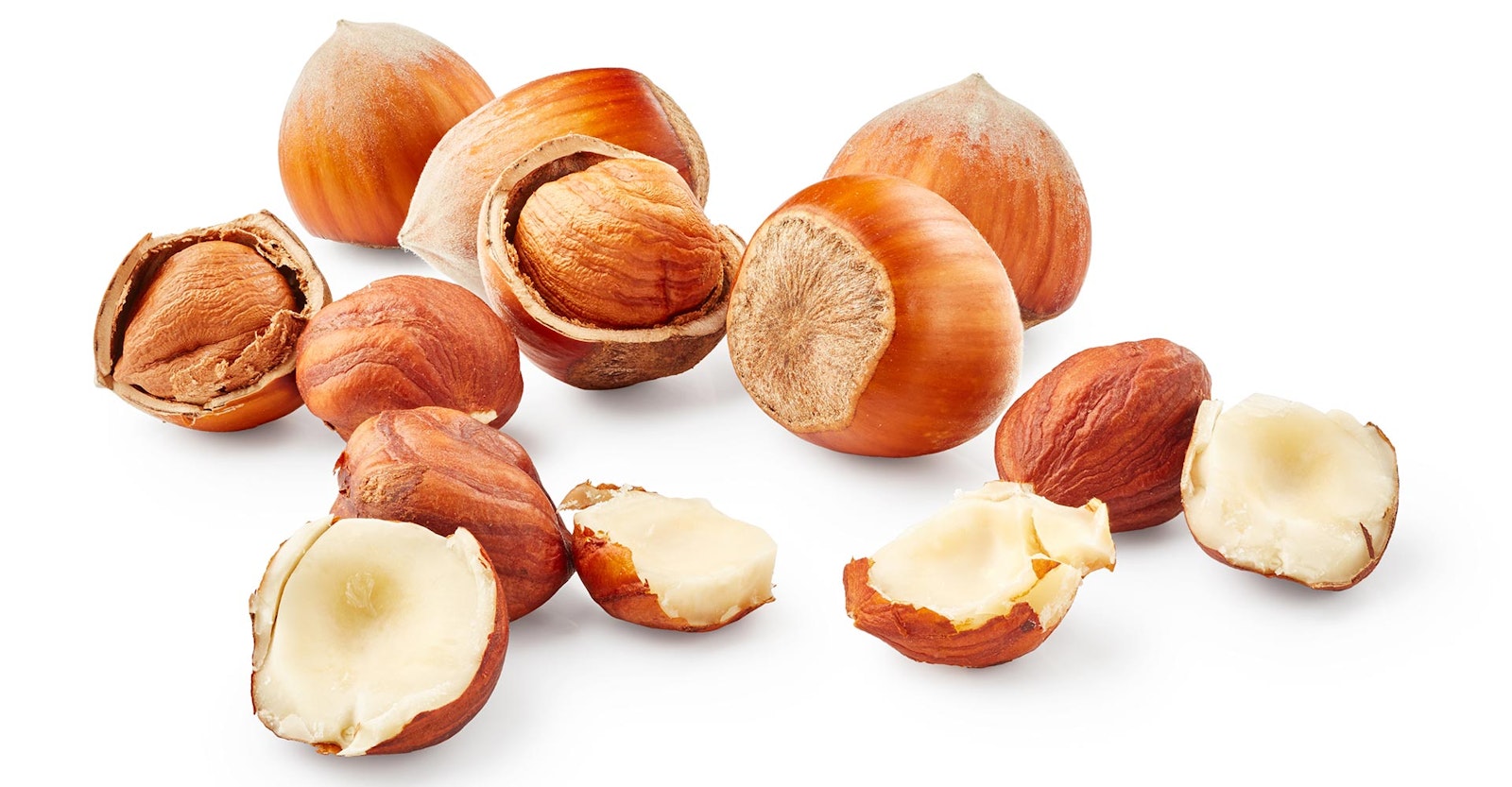Years ago, when Christian DeBenedetti was working on his book, The Great American Ale Trail, but long before he would open his Wolves & People Farmhouse Brewery in Newburg, Oregon, he was in Brooklyn talking with Garrett Oliver about hazelnuts. Or, if you happen to live on, come from, or grow up on a farm that harvests them, as DeBenedetti did, filbert nuts.
“I use the words interchangeably,” he says. Oliver, the brewmaster of the Brooklyn Brewery, was interested in the ingredient but warned DeBenedetti to be careful of the fatty oils the nuts contained because they could have adverse effects on the beer, like loss of head retention.
It’s those fatty oils, DeBenedetti says, that can also be a benefit to a beer because they can help draw out or boost other flavors. When he finally did open his brewery, he began to experiment with hazelnuts by mixing them with other special ingredients. He landed on white truffles for one beer and found that by steeping the two ingredients together and then adding that essence to a finished beer, he was able to keep the desired flavors vibrant and didn’t lose head retention.
There are a few things to keep in mind when looking for hazelnuts with which to brew. Try to source them in the fall when they are harvested and fresh. Make sure they’ve been stored in a cool dry place and check before use to ensure none have gone rancid.
DeBenedetti also recommends toasting the nuts. Doing so helps bring out their buttery flavor. He works with a commercial roaster, but you can do it at home in an oven. Just be careful not to go above 200°F (93°C). You should look for the raw nuts to come to a maroon, red-wine color. When they’re toasted, certain varieties will begin to shed their skins easily. The ones that don’t should be rubbed clean to avoid unnecessary tannic flavors.
When it comes to brewing with hazelnuts, DeBenedetti suggests looking to the culinary world—specifically pastries, where they are often used. Beers with complementary flavors, such as imperial stouts or porters, usually do best with the nuts.
“Chocolate and hazelnuts? That combo is just magic,” he says.
Nutfarm II Sweet Stout
This recipe from Christian DeBenedetti of Wolves & People Farmhouse Brewery uses fresh hazelnuts from the Oregon farm where the brewery is located. Hazelnuts, also known as filberts, add a rich character to beer, especially when toasted.
ALL-GRAIN
Batch size: 5 gallons (19 liters)
Brewhouse efficiency: 80%
OG: 1.071
FG: 1.015
IBUs: 31
ABV: 7.4%
MALT/GRAIN BILL
5.9 lb (2.68 kg) Bohemian Pilsner
2.8 lb (1.27) CaraMunich II
3.5 oz (99 g) chocolate malt
10.6 oz (300 g) flaked rye
12.8 oz (354 g) rice hulls
6.7 oz (190 g) lactose (milk sugar)
11.9 oz (337 g) white wheat
11.9 oz (337 g) CaraRed
9.5 oz (269 g) rolled oats
11.9 oz (337 g) red wheat
2.1 oz (60 g) Black Patent
HOPS AND ADDITIONS SCHEDULE
0.68 oz (19 g) Nugget pellets [AA: 14%] at 60 minutes
3.9 oz (110 g) brown sugar at 10 minutes
5 lb (2.3 kg) hazelnuts (see below)
YEAST
Fermentis Safale US-05 American Ale Yeast
DIRECTIONS
Roast the hazelnuts in a 200°F (93°C) oven until they become a maroon, red-wine color. If the toasted nuts don’t shed their skins easily, rub them clean.
Mash the grains at 151°F (66°C) for 30 minutes. Vorlauf until your runnings are clear, then run off into the kettle. Sparge the grains and top up as necessary to obtain 6 gallons (23 l) of wort—or more, depending on your evaporation rate. Boil for 60 minutes following the hops and additions schedule.
After the boil, chill the wort to slightly below fermentation temperature, about 72°F (22°C). Aerate the wort and pitch the yeast.
Ferment at 72°F (22°C) until the completion of primary fermentation. Rack the beer onto the toasted hazelnuts in secondary. Use your palate to decide how long to leave the beer on the nuts—7 to 10 days should be sufficient. Then bottle- or keg-condition with dextrose.
BREWER’S NOTES
The trick is getting the hazelnuts in and out of secondary. A wide-mouth fermentor is helpful. Note that pigs like the spent hazelnuts.

